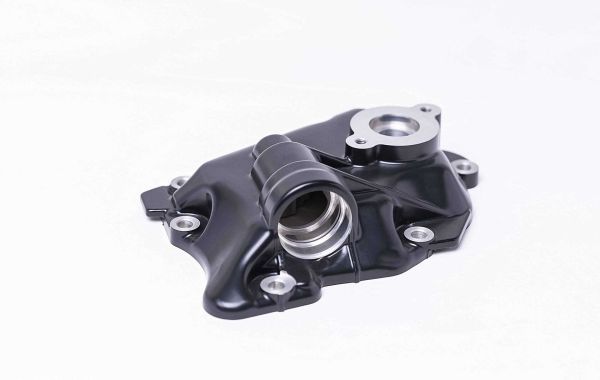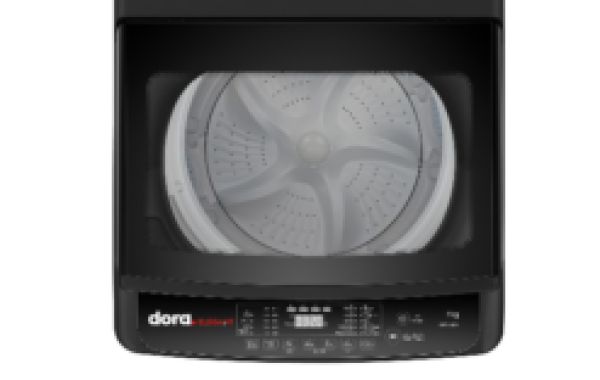While CNC milling offers numerous advantages for creating unfinished aluminum parts, it's crucial to consider several factors before making a decision:
- The application:Evaluate the part's intended use and environmental exposure. Unfinished aluminum might not be suitable for applications requiring a polished appearance or those exposed to harsh environments that could cause corrosion.
- Desired tolerances:CNC milling is known for its precision, but clearly define the required tolerances for your project. This will influence the programming and tool selection for the CNC machine, ensuring the final part meets your specific dimensional requirements.
- Alloy selection: Different aluminum alloys offer varying properties in terms of machinability, strength, and corrosion resistance. Choose an alloy that balances these factors for your specific needs. For example, if corrosion resistance is a concern for an unfinished part, you might opt for an alloy with higher natural resistance or consider alternative post-machining treatments to enhance its protective qualities.
- Surface finish requirements: While the part might remain unfinished, consider if any additional smoothing or deburring is necessary. The milling process might leave slight tool marks or imperfections on the surface. Depending on the application, these imperfections might be acceptable, or you might need to factor in additional post-machining processes for a smoother surface finish.
By carefully considering these factors, you can determine if CNC milling unfinished aluminum parts is the most suitable solution for your project, balancing functionality, cost-effectiveness, and aesthetics.








